Dear traveler, we may get commissions from your reservations made through links in this article, at no extra cost to you. This helps keep the site running and free for all. Thank you!
Last Updated on July 24, 2024
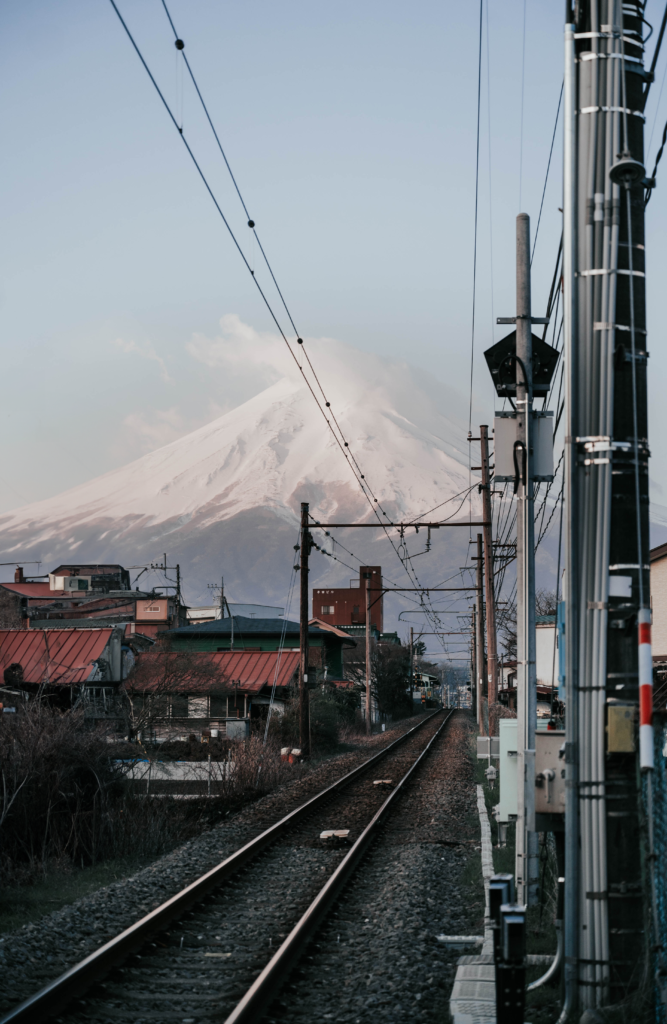
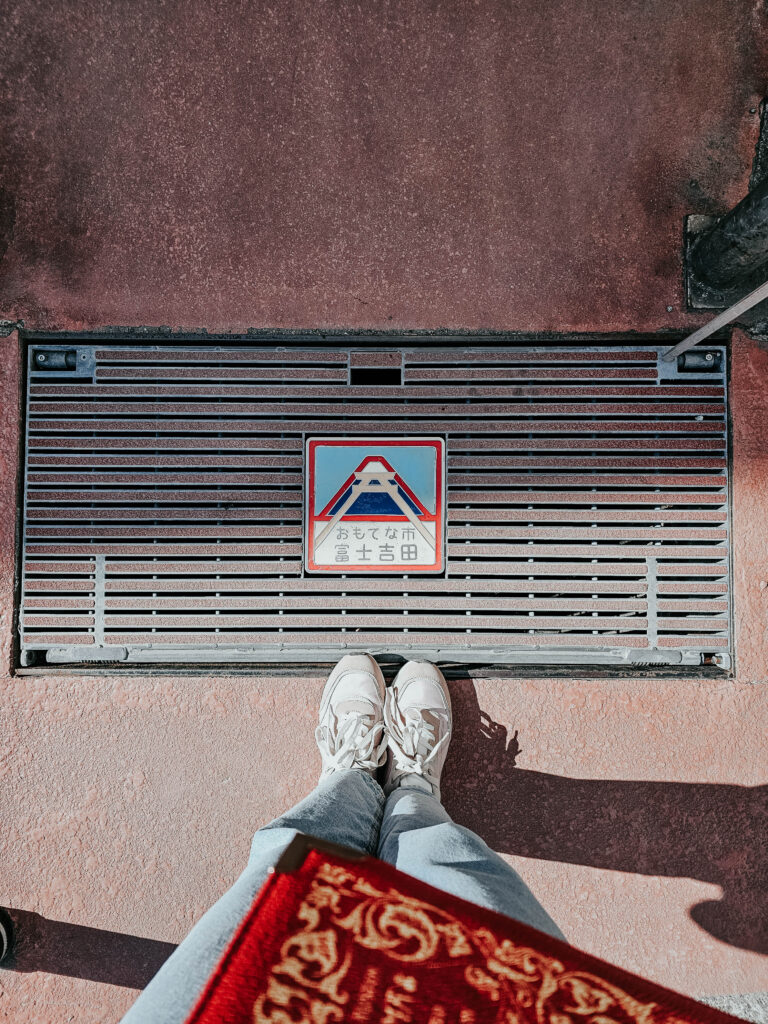
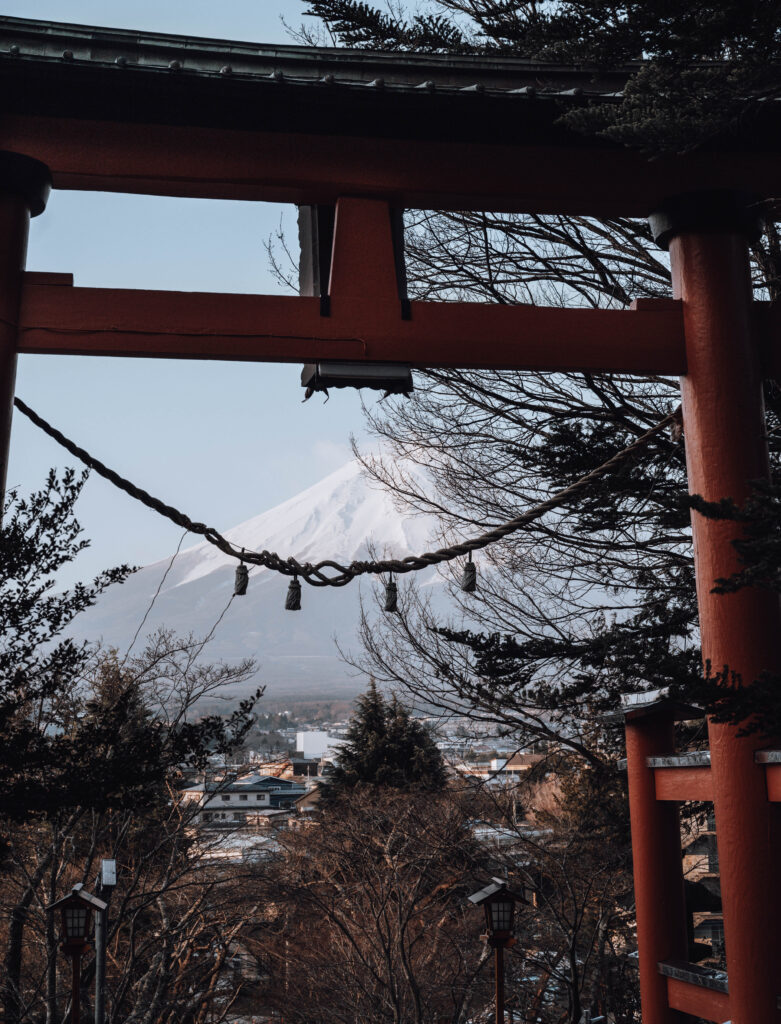
Mount Fuji, located in Japan, is an active volcano standing at 3,776 meters (12,389 feet) tall. It is one of Japan’s “Three Holy Mountains” and is an iconic symbol of the country’s natural beauty and cultural heritage. During our two weeks in Japan, we considered visiting Mount Fuji a must, so we drove from Tokyo to the Fujikawaguchiko area, where you can enjoy the best views of Fuji-San.
In this guide, we’ll share the best viewing spots and our tips for enjoying this beautiful location.
How to See Mount Fuji
First things first, Mount Fuji can be hard to see due to weather conditions- but don’t let this discourage you. If seeing Fuji is your top priority, the best months to see it are typically during the colder seasons of autumn, winter, and early spring, particularly from October to February. During these months, the air tends to be clearer, with less humidity and fewer chances of cloud cover obscuring the view of the mountain.
When it comes to nature, it’s always a game of chance. However, if you have the flexibility and are traveling during the off-peak season, it’s a good idea to check the weather forecast before attempting to catch a glimpse of Mount Fuji. Our days in Japan were counted, and we were traveling during the cherry blossom season, so we had to take a risk and book our stay on a specific day. A couple of weeks before, the forecast wasn’t favorable, but Fuji-San greeted us with a clear sky the day after we arrived—and what a magnificent view it was!
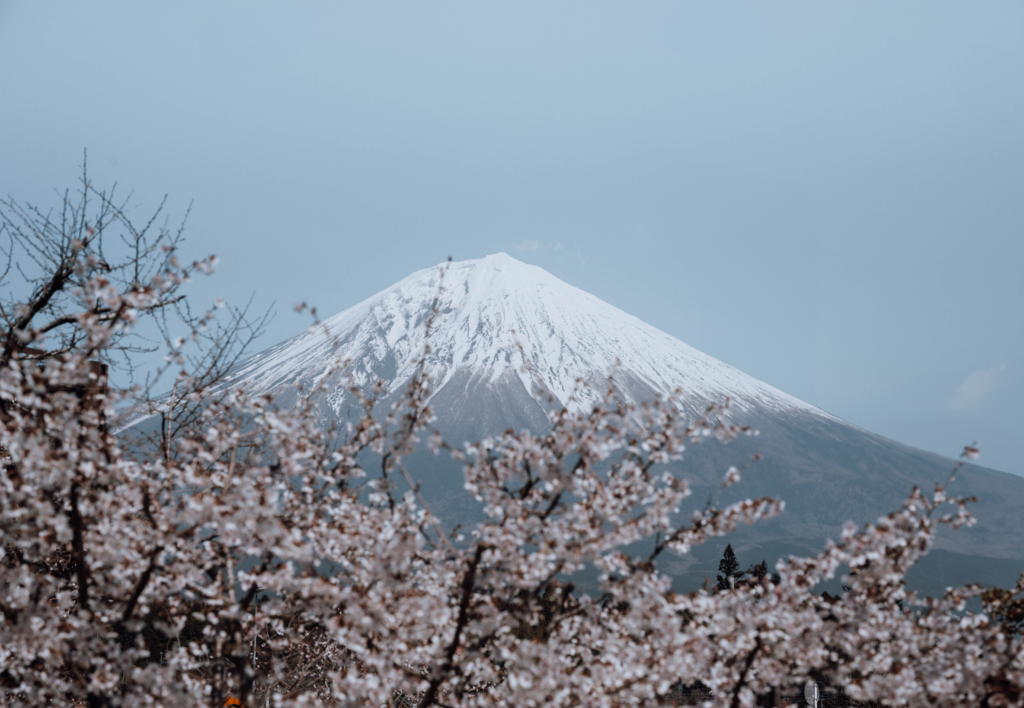
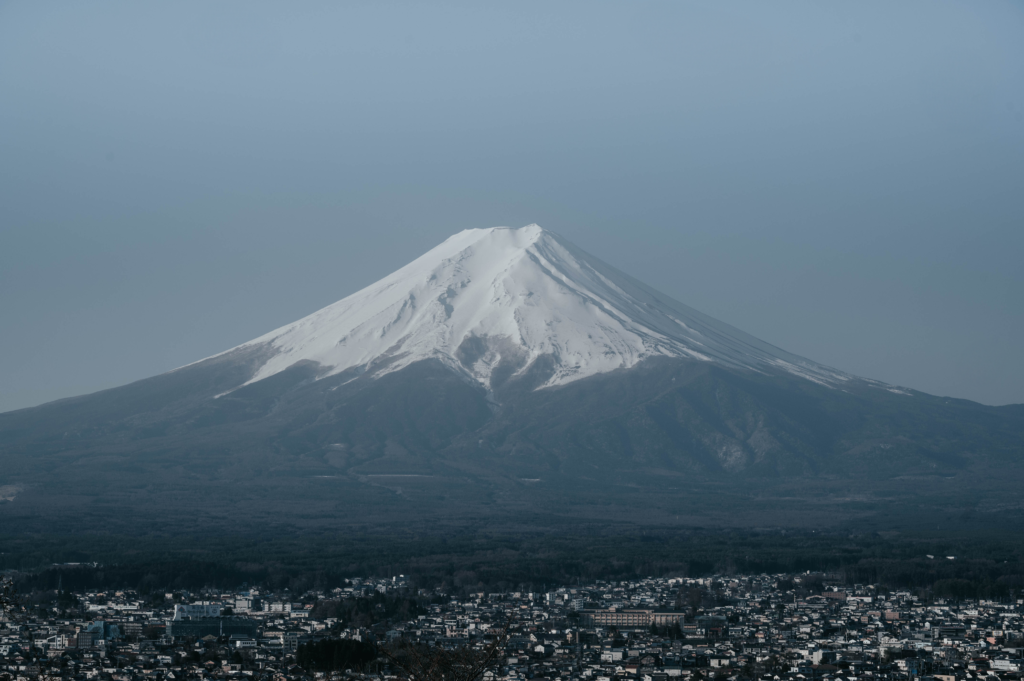
On a clear day, Mount Fuji can actually be seen from Tokyo. However, for the best viewing chances of this iconic mountain, you can head to the Fujikawaguchiko area. Here, you’ll find the best spots such as the Chureito Pagoda and the surrounding lakes, offering stunning views of Mount Fuji against picturesque landscapes.
Best Places to See Mount Fuji
When you are in the Fujikawaguchiko area, you’ll soon realize that Mount Fuji can be seen from almost everywhere! You can add these places to your list, but we incentivize you to also discover your own secret spots while traveling around.
Chureito Pagoda
The Chureito Pagoda is undeniably one of the most picturesque spots in the area. Although we missed the cherry blossoms by just one week, the view of Mount Fuji remained breathtakingly spectacular.
Contrary to what we had read about huge crowds and limited time at the viewing platform, our experience was quite the opposite. We arrived at the top of the small hill where the pagoda stands around 6:30 AM, and found only about 15 people there. Surprisingly, there was no time limit, allowing us to spend nearly an hour soaking in the view and capturing some unforgettable photos.
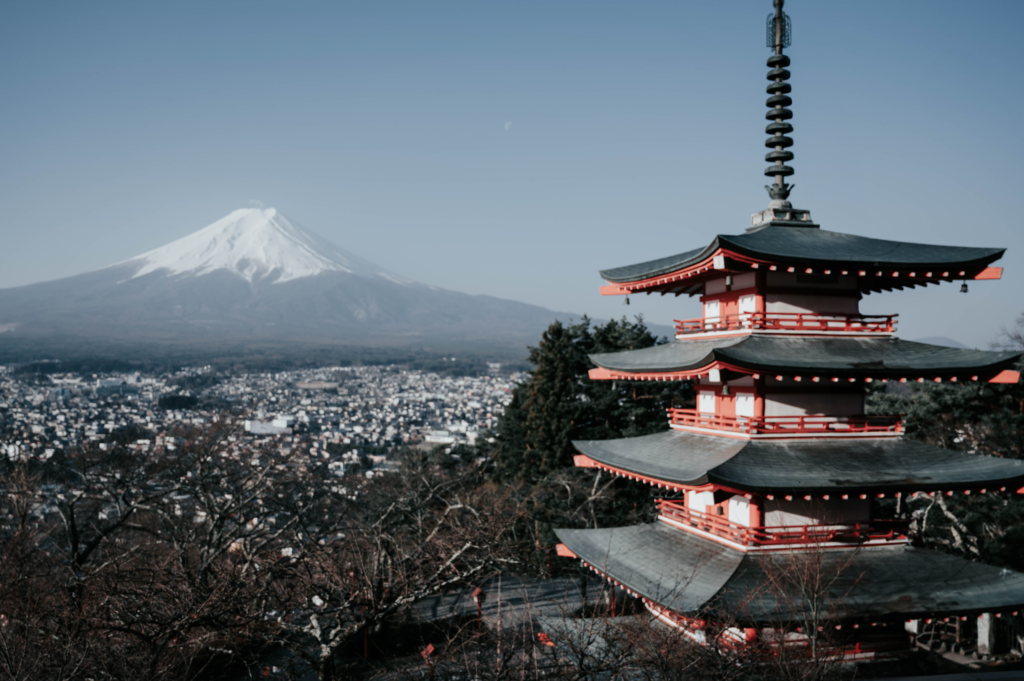
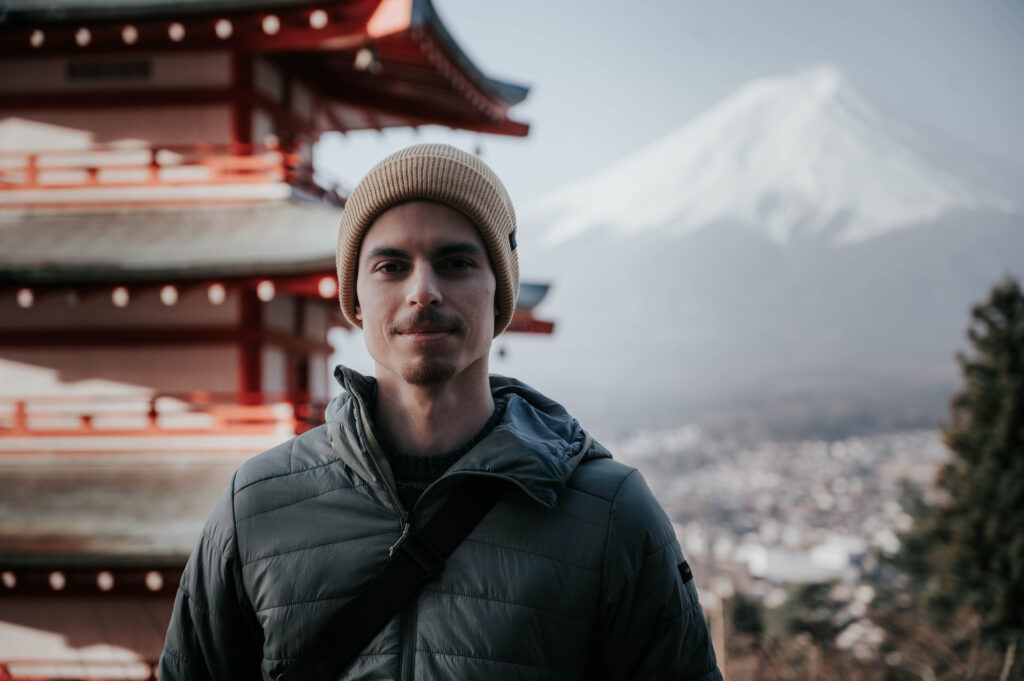
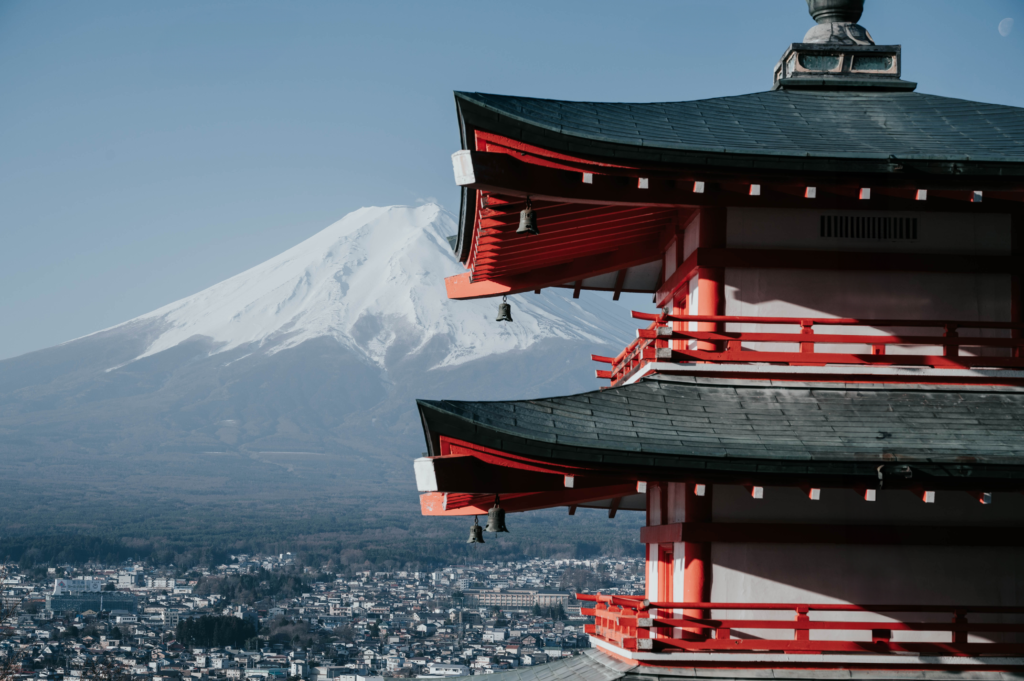
Shiraito Falls
Created by the melting snow and rainwater from Mount Fuji, Shiraito Falls offer an impressive natural view of Mount Fuji. “Shiraito” actually translates to “white threads”, describing the cascade of water that flows down from the cliff, forming several thin streams, as you can see in the pictures!
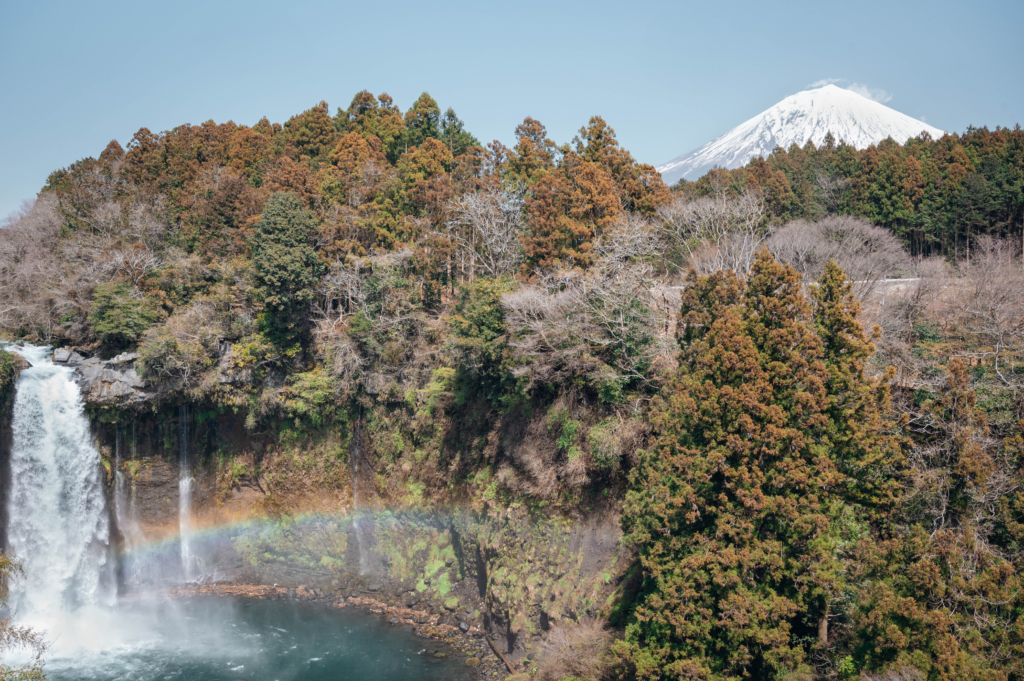
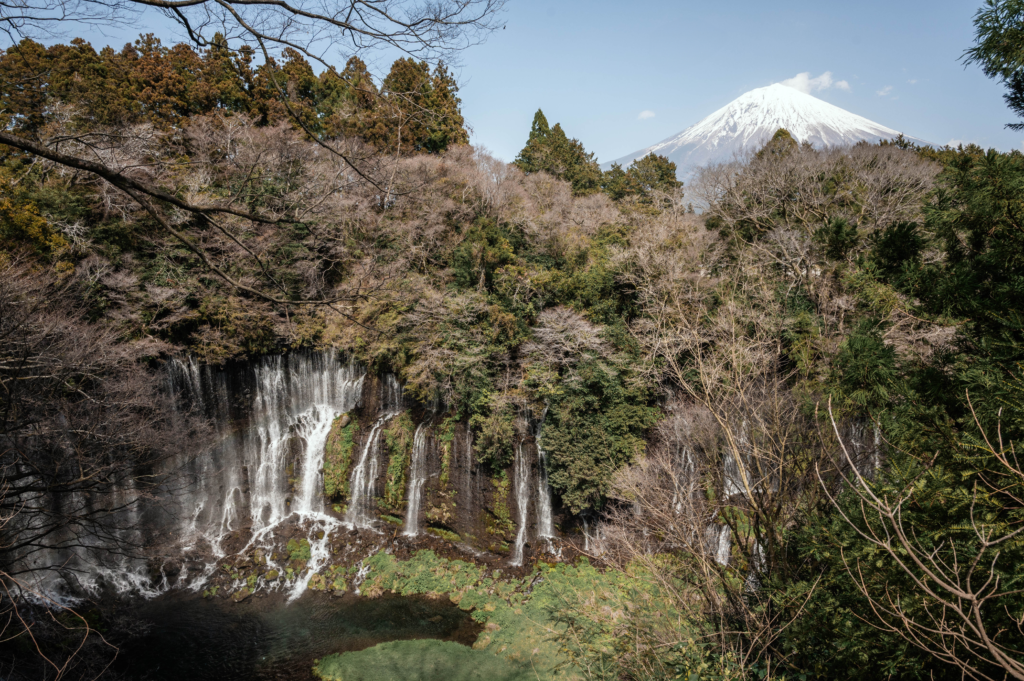
Fujiyoshida street
Fujiyoshida (Honcho) Street is a charming shopping street with an incredible view of Mount Fuji. However, please be mindful when taking photos as it is a regular street with passing cars. You’ll notice signs everywhere urging people to use the crosswalks, and there’s even a security guard overseeing pedestrian crossings at the most famous photo spot. Arriving early ensures minimal traffic, but always exercise caution and avoid risky behavior for the sake of a picture!
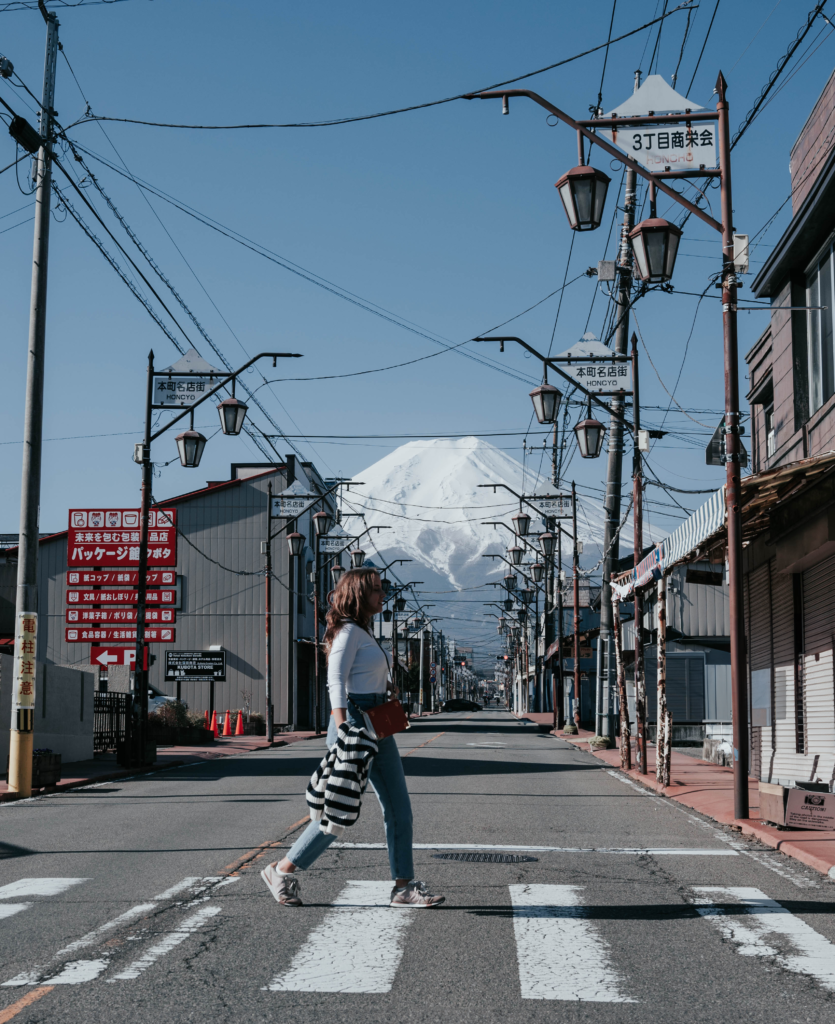
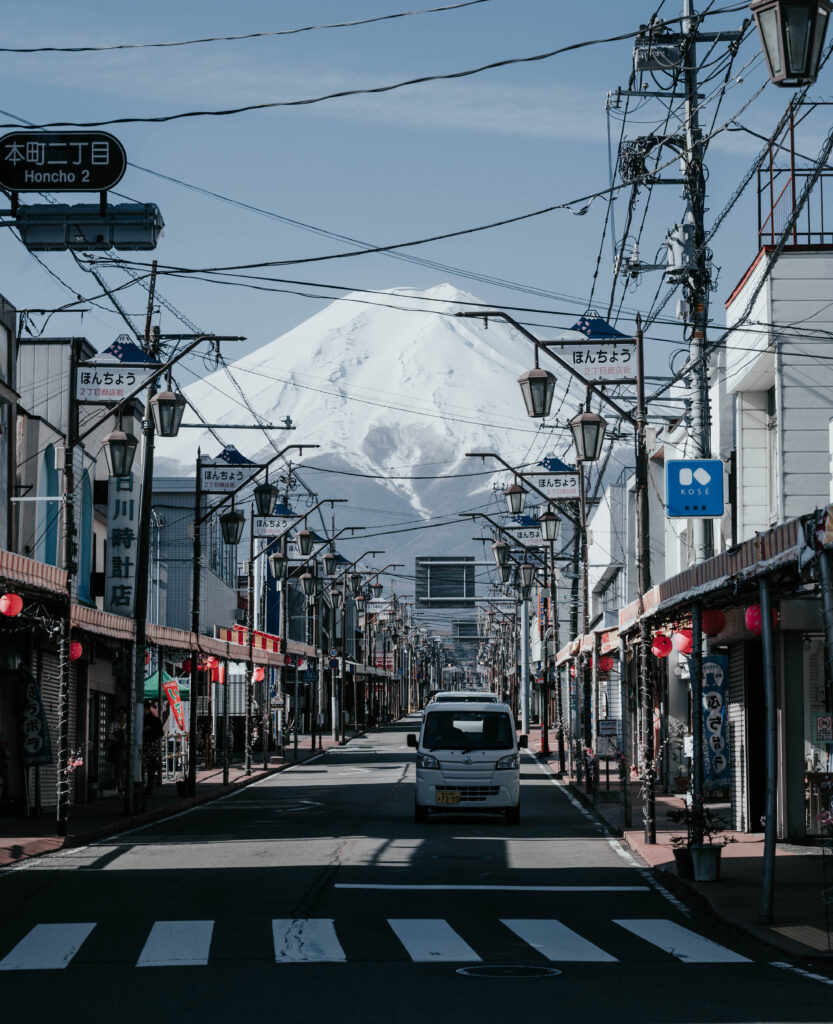
Oshino Hakkai
Oshino Hakkai is a small village located near the base of Mount Fuji in Japan. Its name, “Hakkai,” means eight seas, and it refers to the eight ponds found in the area. These ponds are fed by snowmelt from Mount Fuji, resulting in crystal-clear water that is revered for its purity.
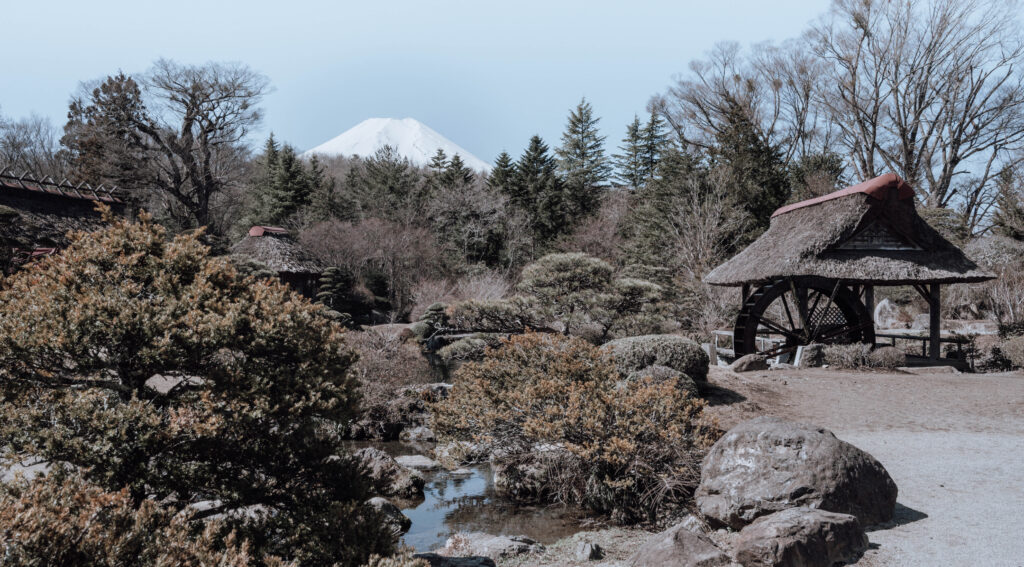
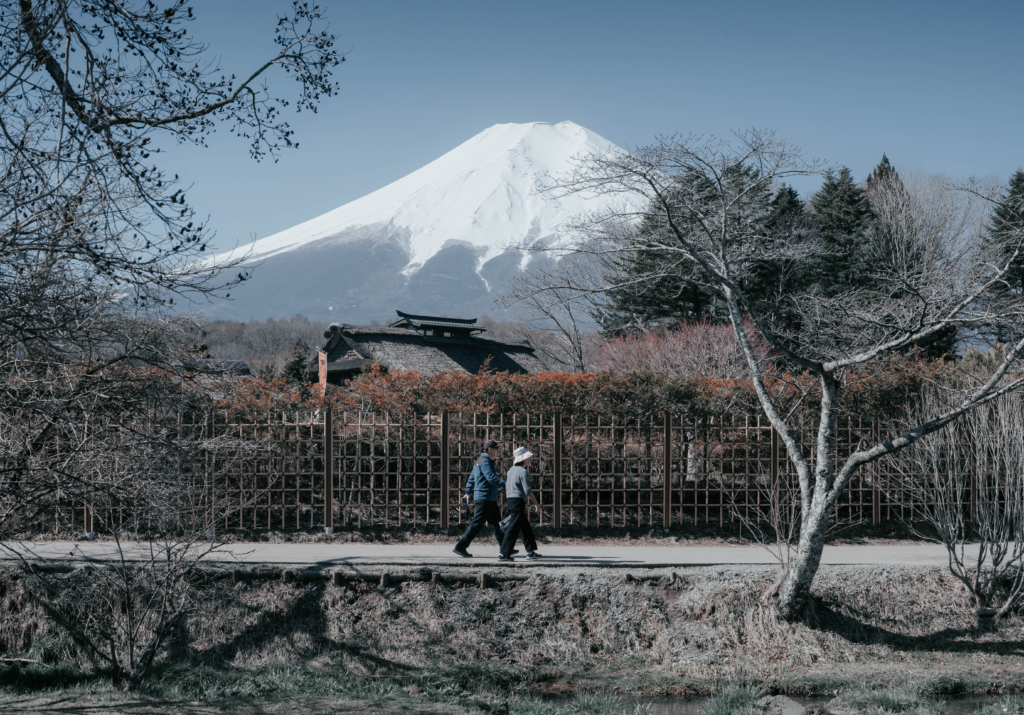
Lake Kawaguchi, Yamanaka and Shoji
The area is also known as Fuji Five Lakes because, you guessed it, it has five different lakes that were formed by previous eruptions of Mount Fuji. The most famous is perhaps Lake Kawaguchiko, but Lakes Yamanaka and Shoji also offer great opportunities to spot Fuji-San.
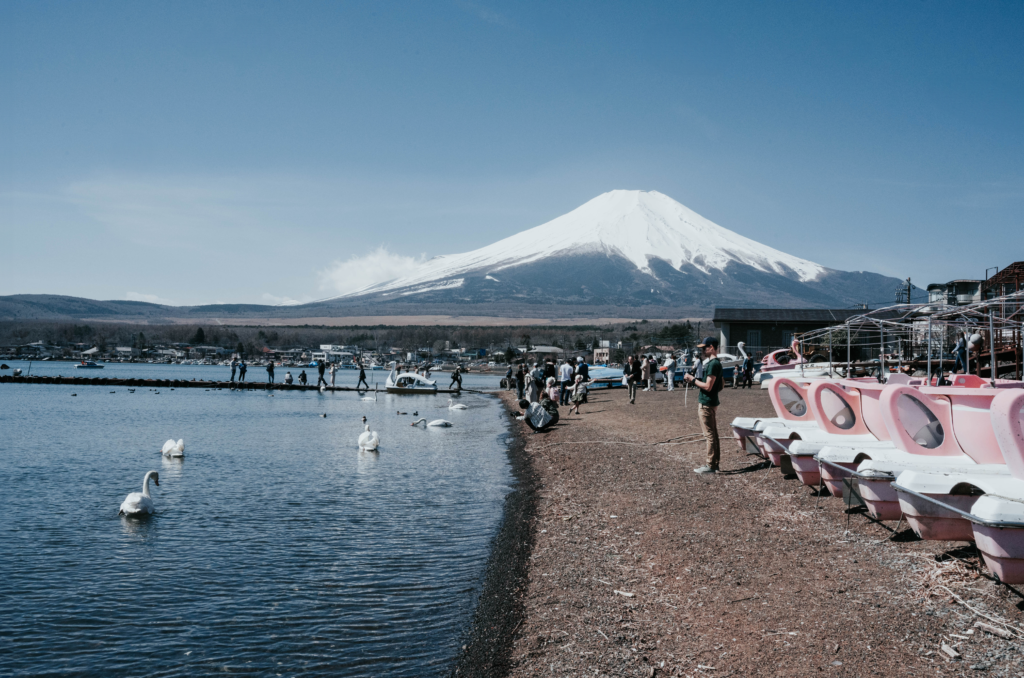
Lawson Fujikawaguchiko
To be honest, I find this view quite captivating because it blends tradition, nature, and urban elements. However, this place has gained significant fame, leading Japanese authorities to block the view (from the other side of the road) due to the behavior of some tourists who littered the area and disregarded traffic rules. This highlights the importance of being a responsible tourist when visiting any country. Remember, your photo should never be more important than your safety and that of others!
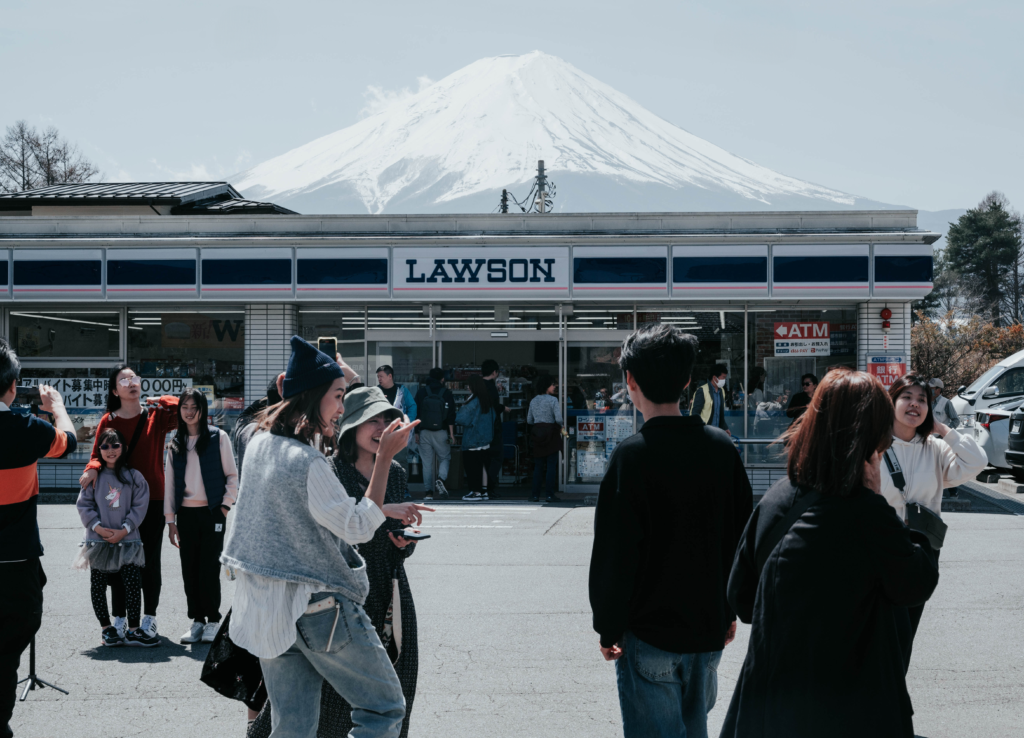
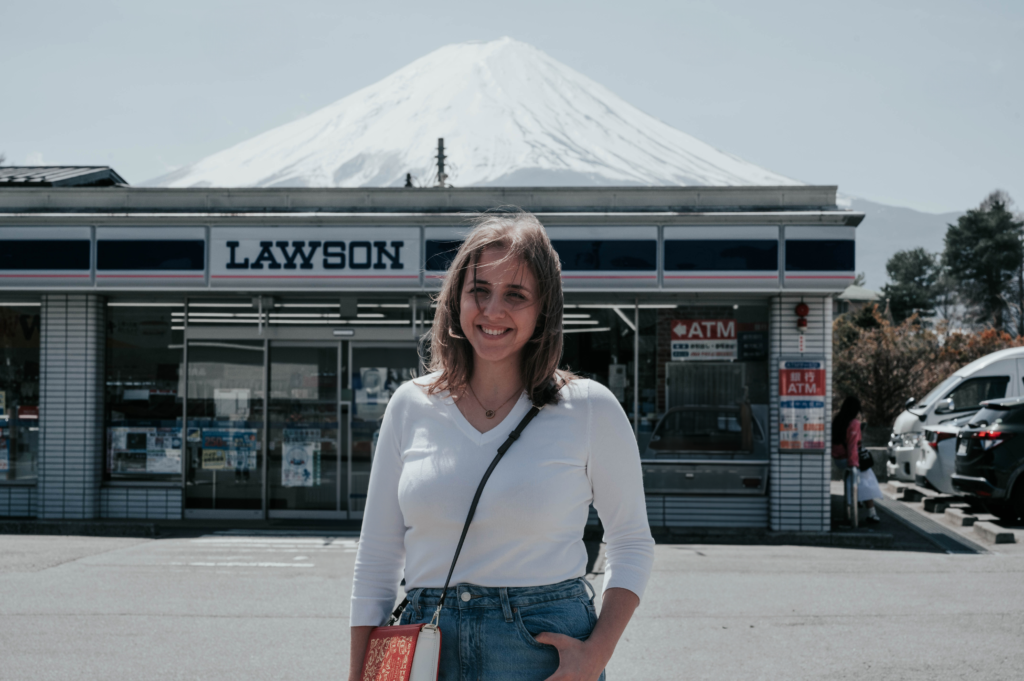
Our own secret place along the road
By now, you might already be convinced to visit the base of Mount Fuji. While transportation in Japan is great, for this trip, we recommend renting a car. It will give you a lot of flexibility, and you’ll be able to discover your own secret spots, just like this one we found.
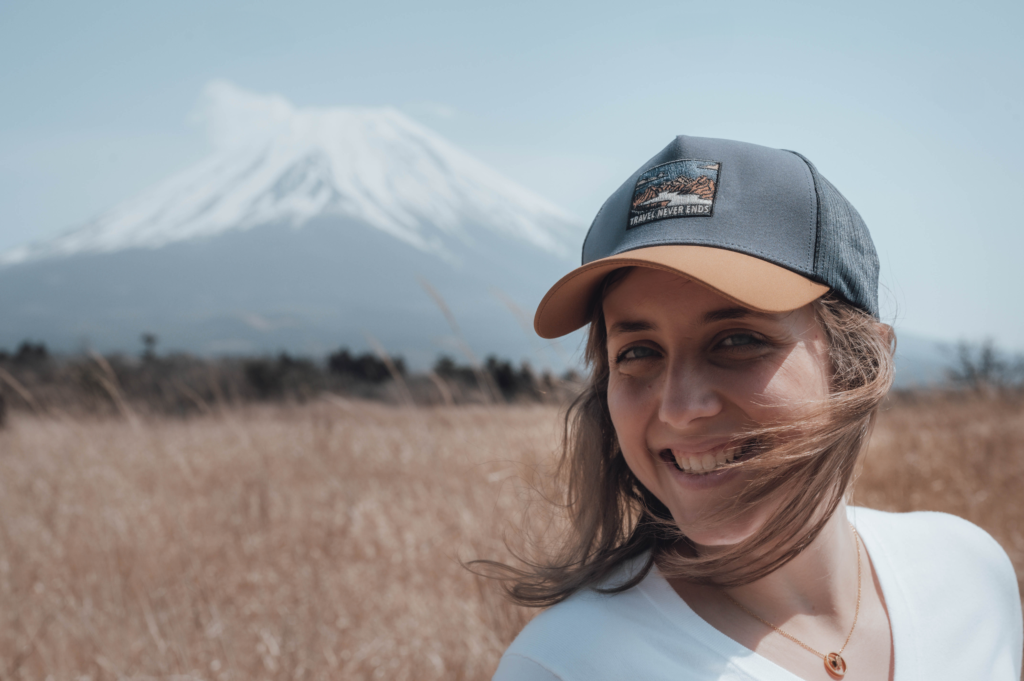
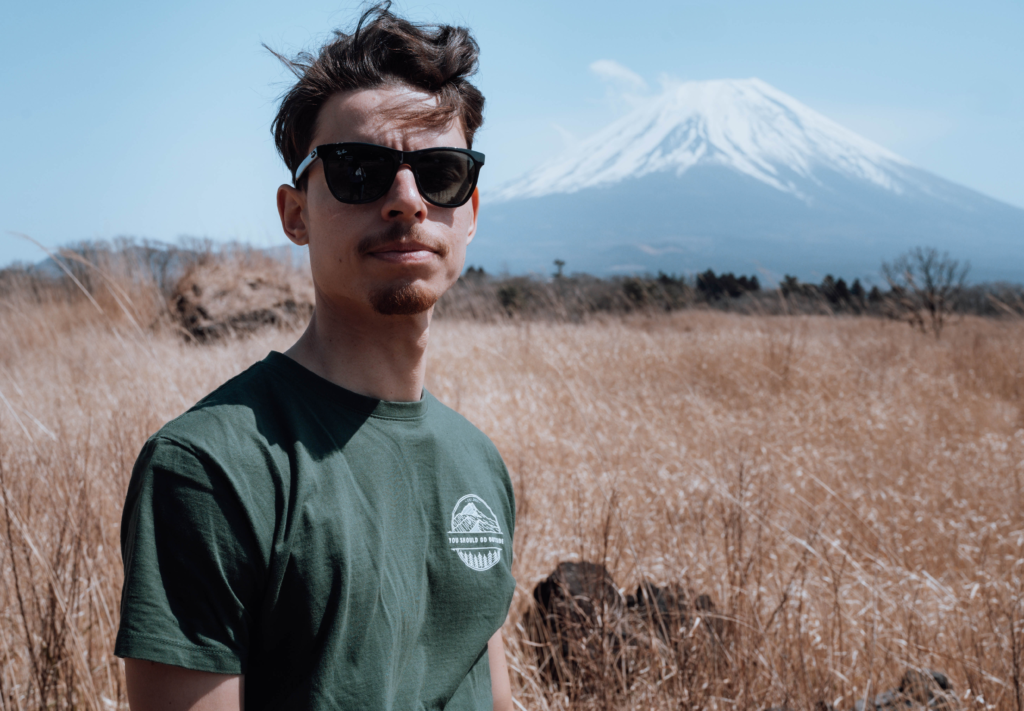
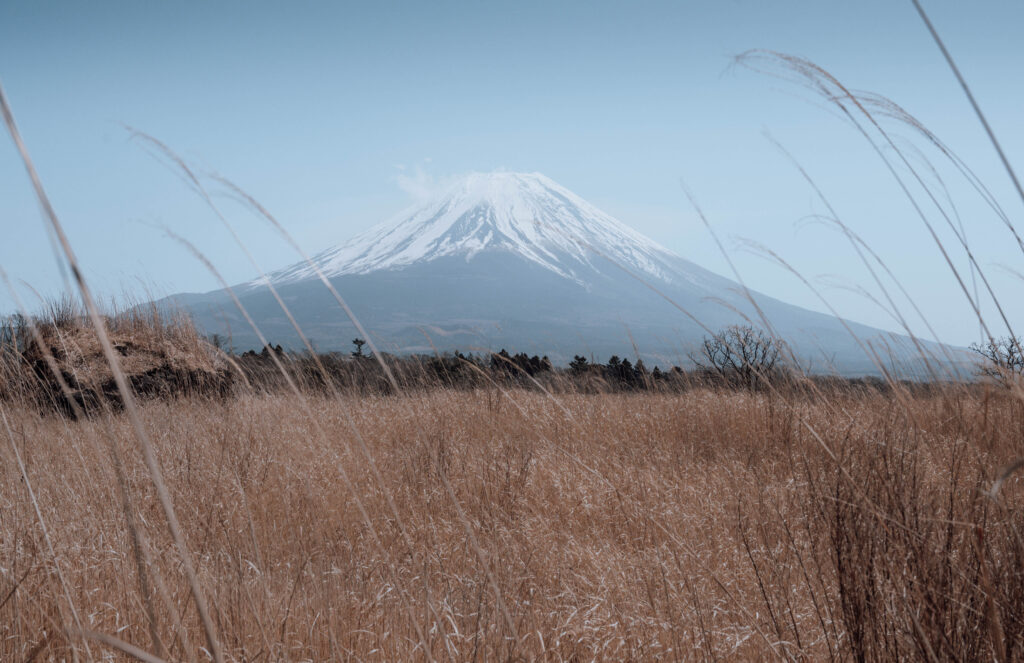
One Day Itinerary Suggestion
As mentioned earlier, Japan’s transportation system is incredible. You can reach the Kawaguchiko area by train, for example, using the Fuji Excursion Express train, from Shinjuku (Tokyo). The train ticket costs 1600 yen and takes around 1h50 to reach the destination. from Shinjuku (Tokyo). The train ticket costs 1600 yen and takes around 1 hour and 50 minutes to reach the destination. Alternatively, you can take a bus from Tokyo to Kawaguchiko, which usually takes around 2 hours. Once in the area, you’ll need to travel by bus to visit the different places we mentioned. You can check updated information about routes and schedules here.
However, the most convenient and flexible way to travel to Mount Fuji is by renting a car. Driving is fairly easy, especially if you’re used to driving on the left. If you don’t have a Japanese Driving License, you might need an international license. Additionally, Google Maps works perfectly, and the roads and parking lots are usually well signposted.
You can expect prices to range from 50€ – 75€/day for smaller cars.
If driving is not an option and you’re short on time, you might also consider checking out an organized guided tour from Tokyo.
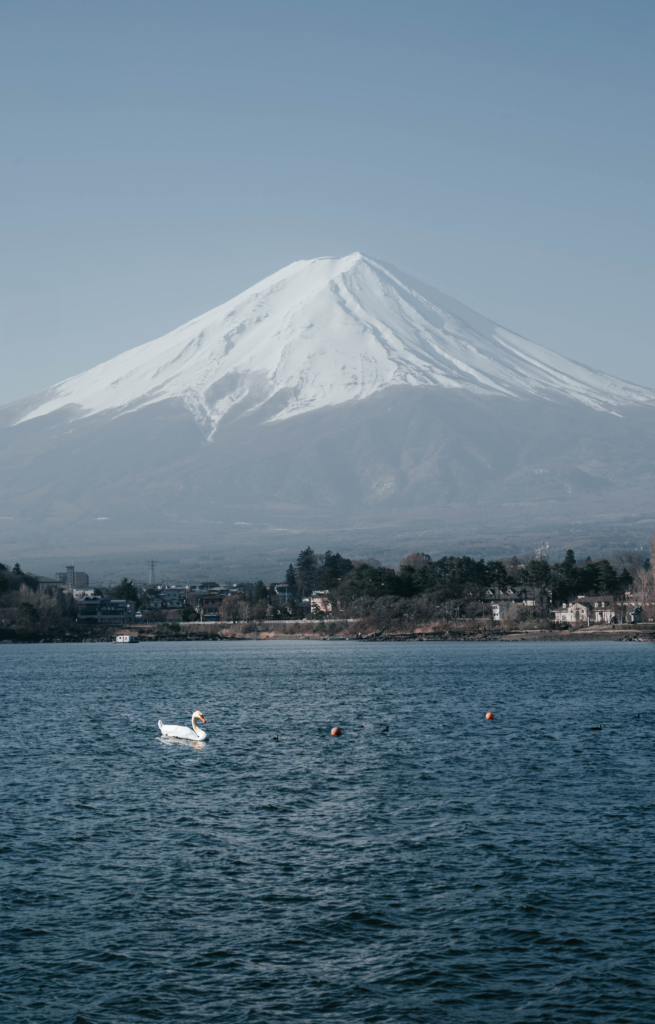
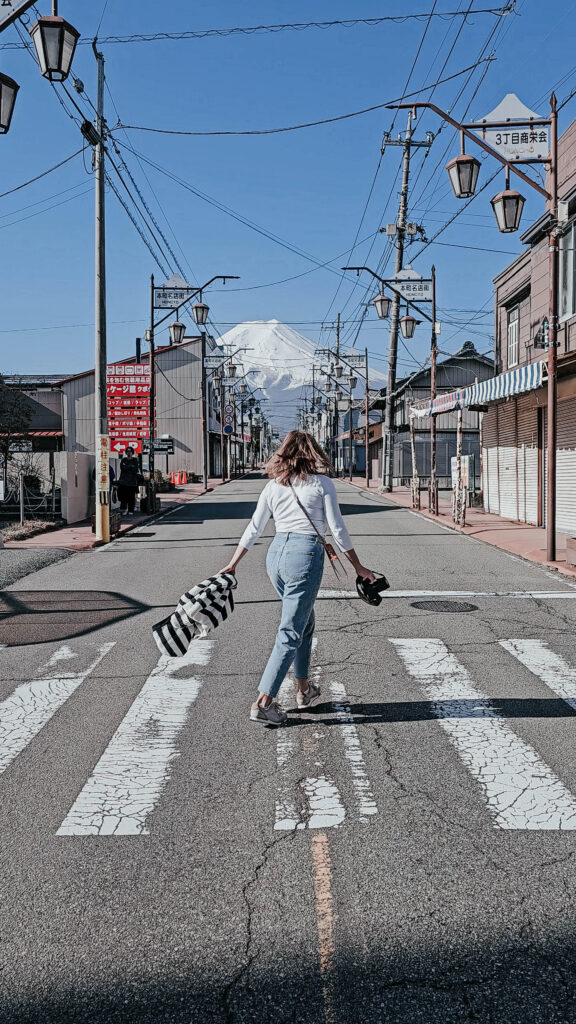
We’ll keep our one-day itinerary simple. From the itineraries we’ve seen, we feel people might try to squeeze too much into just one day. This is based on our own experience as well. We attempted to visit Hakone on the same day, but if you want to take your time and enjoy each stop, it’s better to focus only on Kawaguchi. If you stay for one extra day, add Hakone to your itinerary!
Our tip would be to start early in the morning and catch the sunrise at the Chureito Pagoda. Afterwads, you can explore the Kawaguchi Lake
Why you should consider staying for at least one night?
There are many good reasons to extend your stay and add a night in the area:
- You’ll support the local economy
- You’ll have the chance to wake up early and see Mount Fuji first thing in the morning.
- You can travel at a more leisurely pace.
- You can add Hakone to your itinerary.
- If the weather is bad, you have another day to try seeing Mount Fuji.
We usually use Booking.com for our accommodations. If you’re looking for some cool places to stay, you can use the search feature below:
More helpful Japan posts
Need tips on what to do in Tokyo, Japan? Check this.
